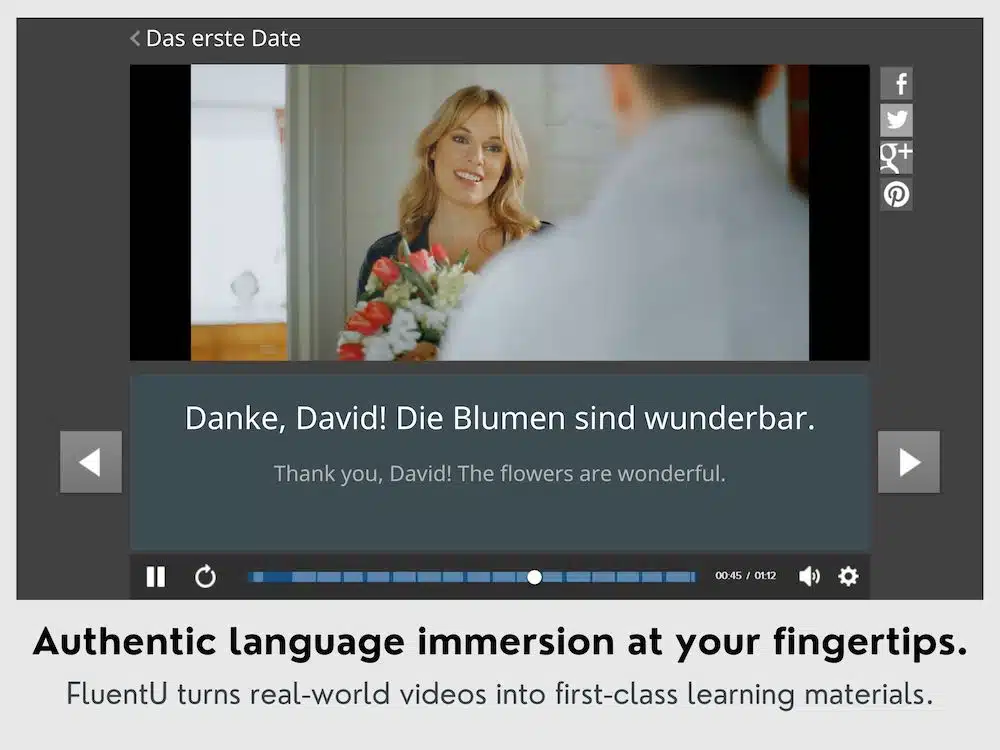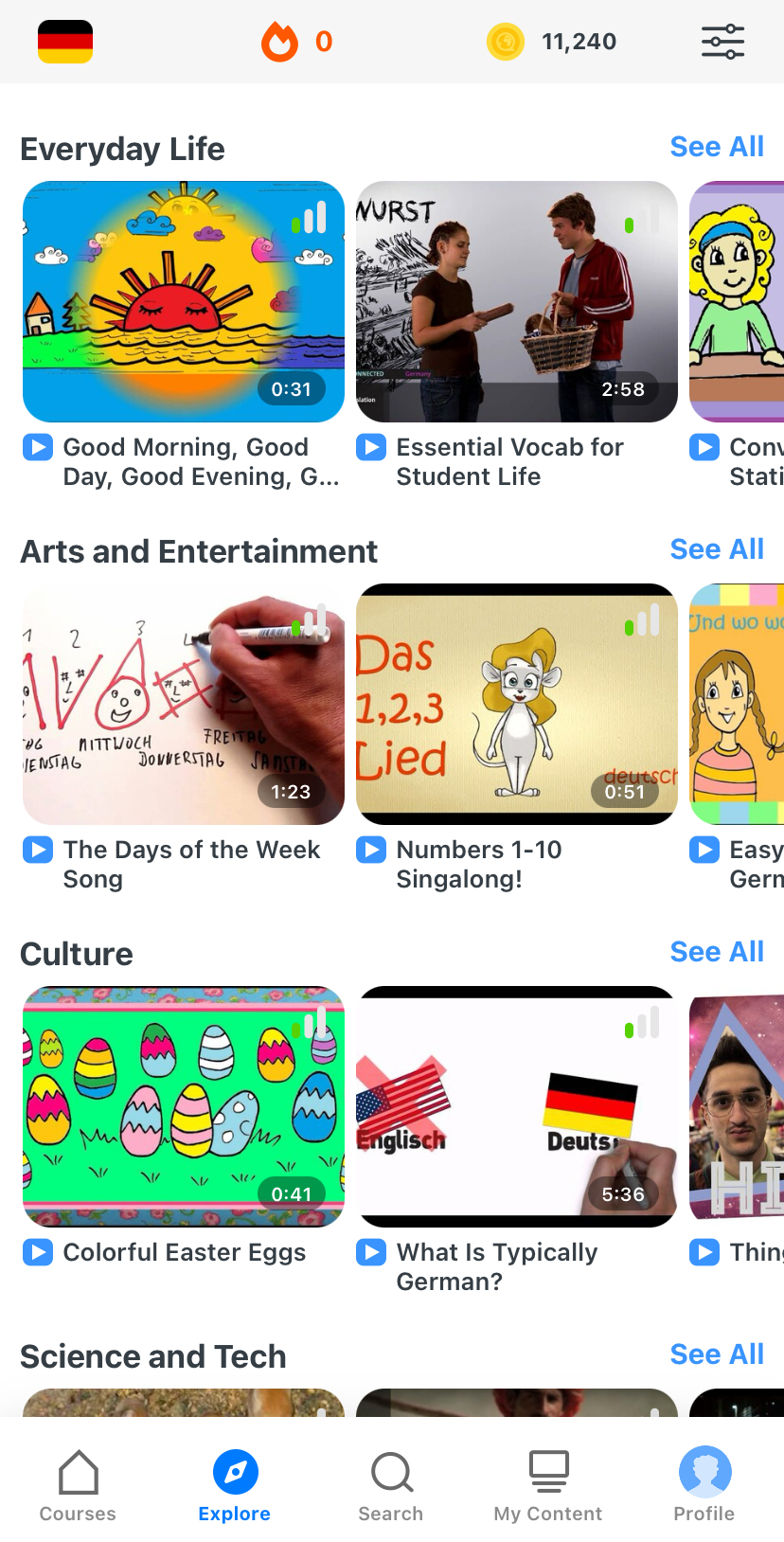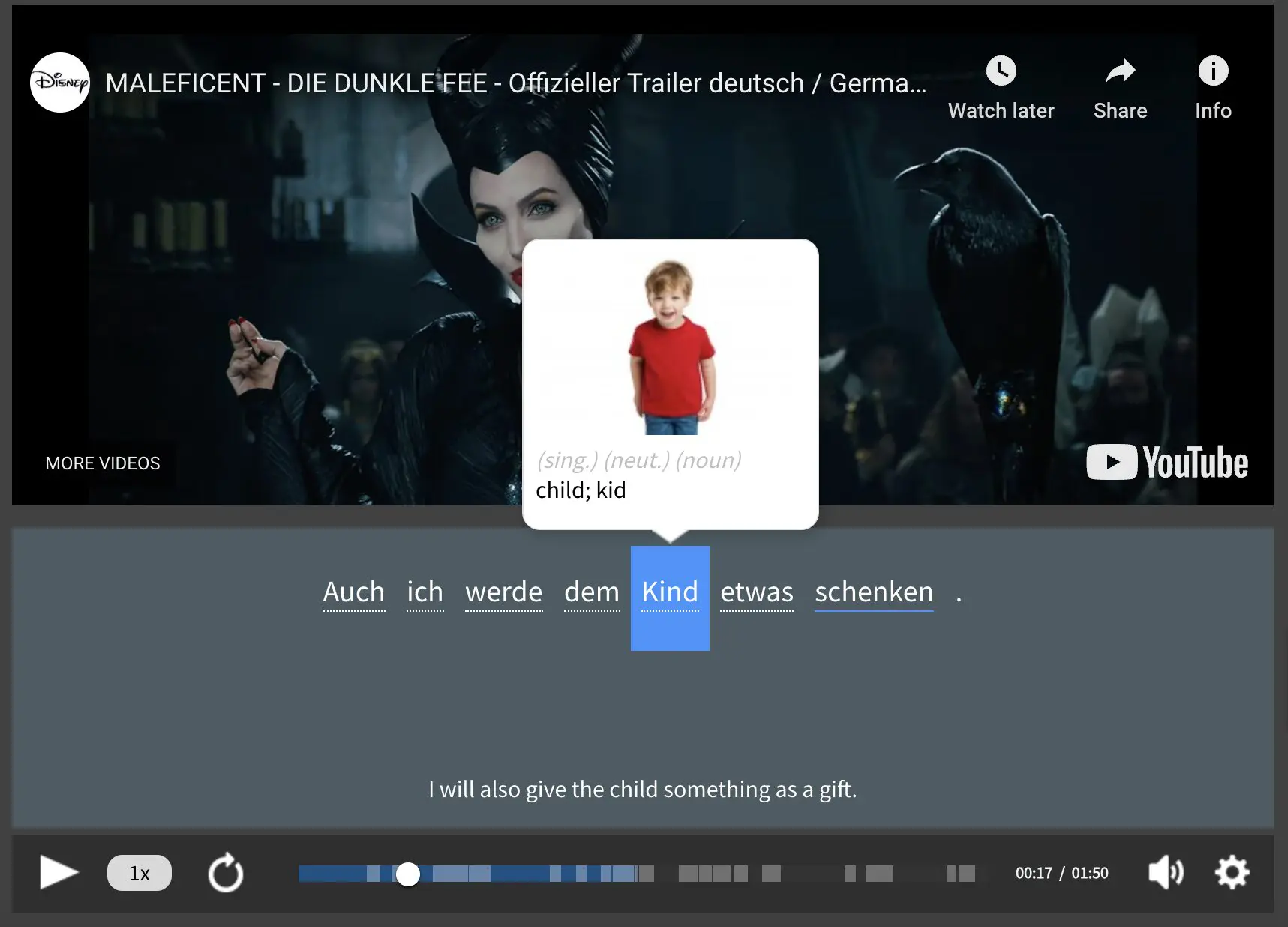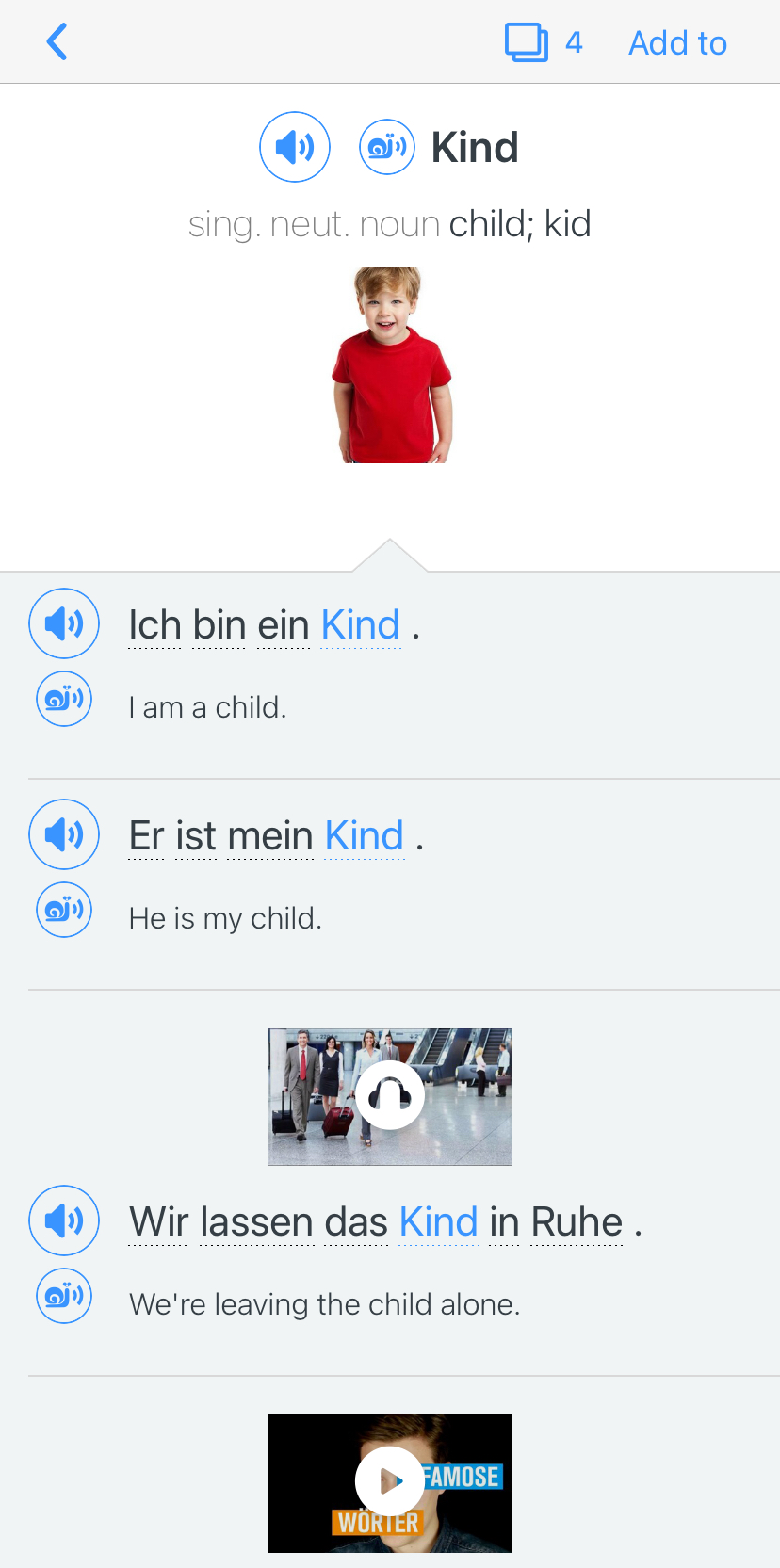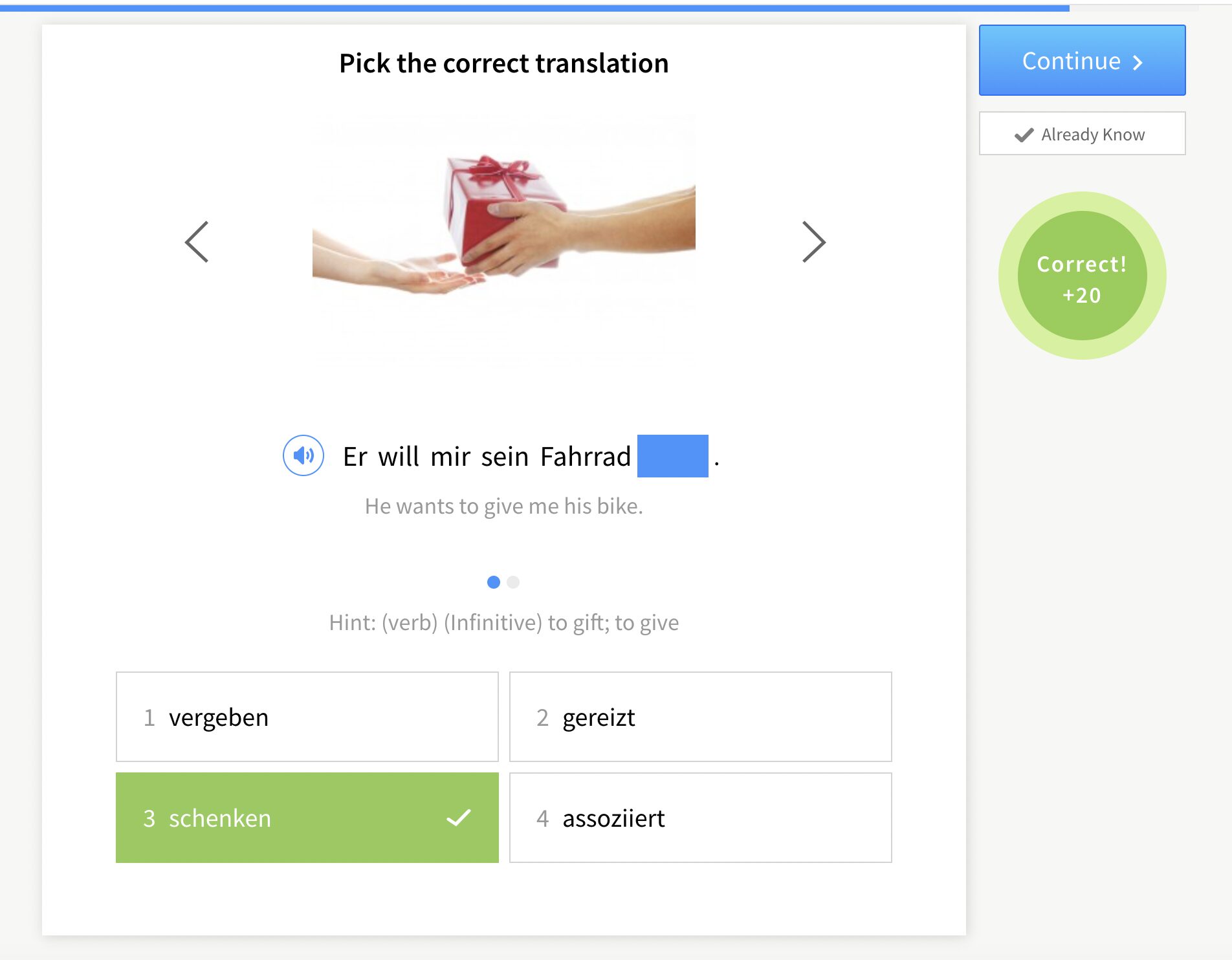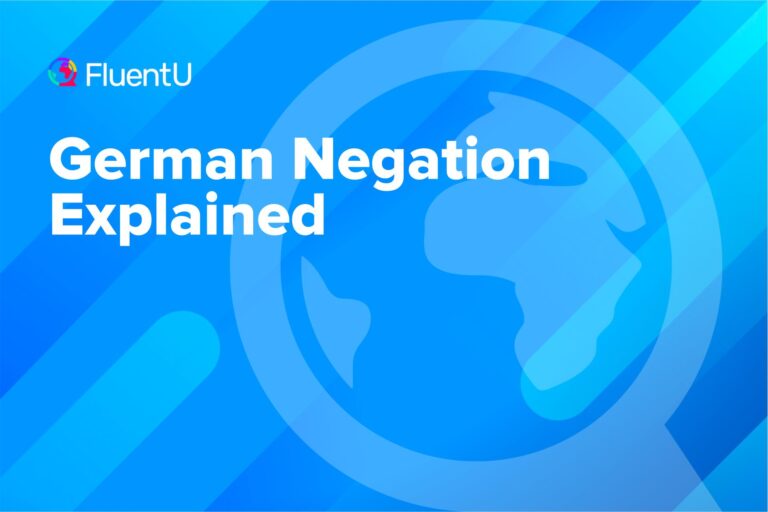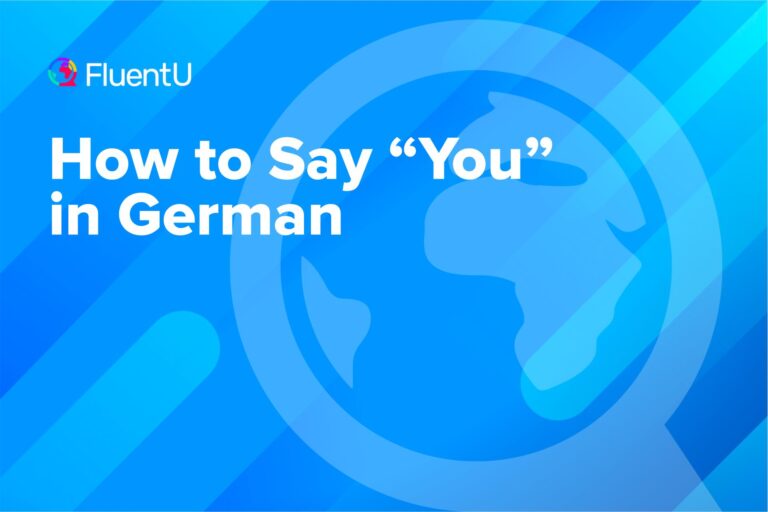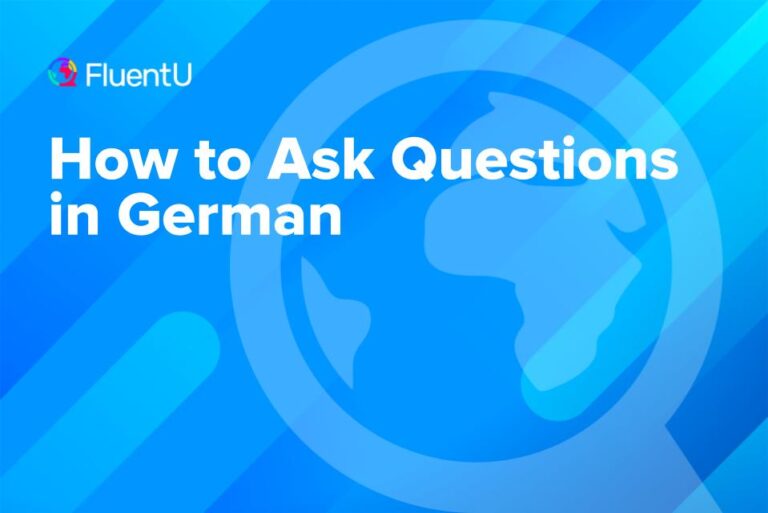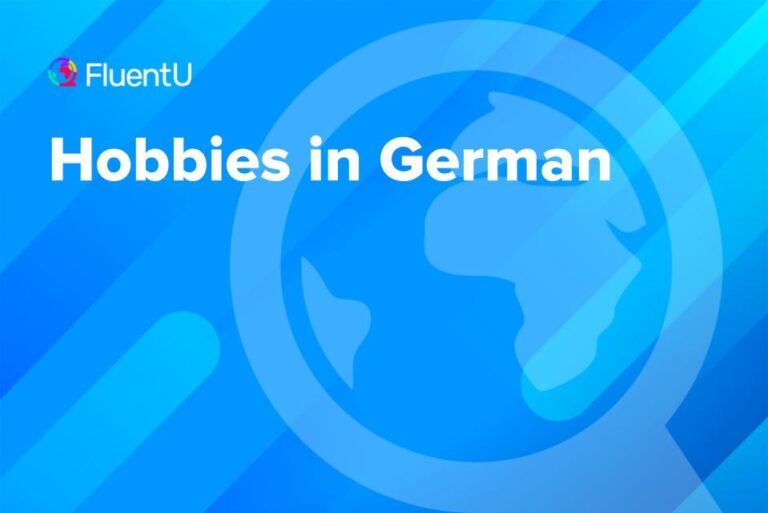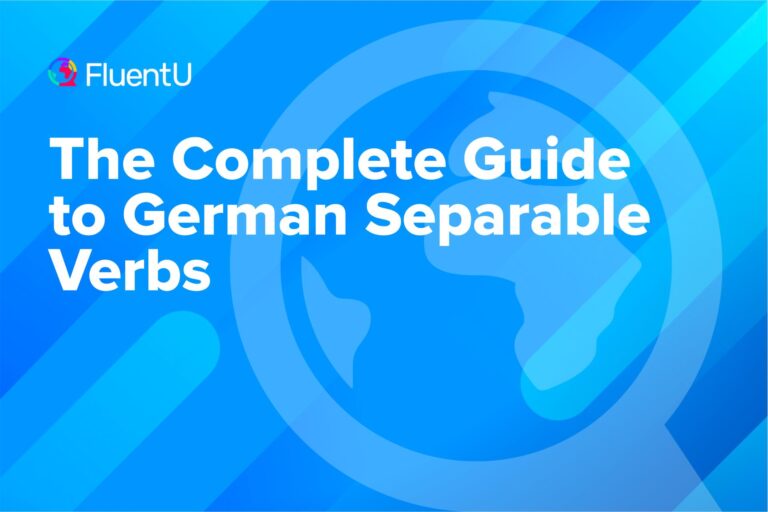Contents
- 1. “Die Sendung mit der Maus” (“The Show with the Mouse”)
- 2. “Nichtlustig” (“Notfunny”)
- 3. “Albert sagt… Natur – aber nur!” (“Albert Says… Nature Knows Best”)
- 4. “Loriot” (“Loriot”)
- 5. “Die Zwölf Monate” (“The Twelve Months”)
- 6. “Lauras Stern” (“Laura’s Star”)
- 7. “Meine Freundin Conni” (“Conni and the Cat”)
- 8. “Caillou”
- 9. “Die Fantastische Welt von Gumball” (“The Amazing World of Gumball”)
- 10. “Der Kleine Nick” (“Little Nicholas”)
- 11. “Feuerwehrmann Sam” (“Fireman Sam”)
- 12. “Kleine Prinzessin” (“Little Princess”)
- 13. “Felix und Franzi” (“Felix and Franzi”)
- 14. “Der erste Brunnen” (“The First Well”)
- 15. “Rotkäppchen” (“Little Red Riding Hood”)
- 16. “Dino Lingo”
- 17. “Heidi: Das Mädchen in den Alpen” (Heidi: Girl of the Alps)
- Why Learn with German Cartoons?
- How to Learn German with Cartoons
- And One More Thing…
17 German Cartoons with English Subtitles
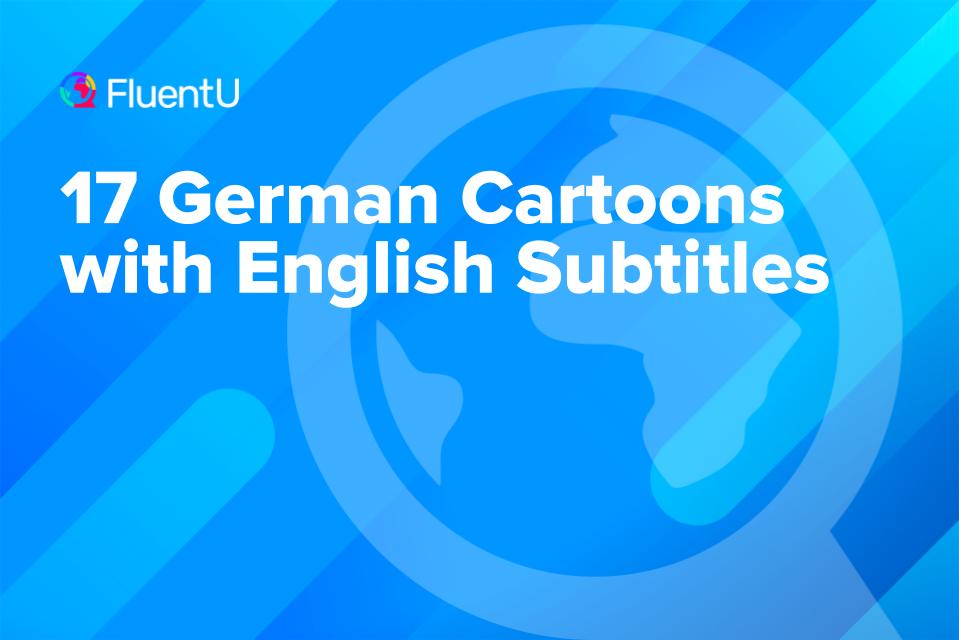
Did you used to spend hours in front of Nickelodeon or Cartoon Network? Well, it might be time to relive the good ol’ days and bring cartoons back to your weekend routine—this time in German.
In this post, you’ll find 17 of the best cartoons that will help you learn German!
Download: This blog post is available as a convenient and portable PDF that you can take anywhere. Click here to get a copy. (Download)
1. “Die Sendung mit der Maus” (“The Show with the Mouse”)
Most native speakers you meet will be familiar with this adorable German cartoon mouse!
“Die Sendung mit der Maus” is one of the cutest cartoons you’ll ever find and it’s one of the country’s most successful TV shows ever.
The show aims to educate very young children about everyday things in a very straightforward and matter-of-fact way. This makes it a great option for any learner.
2. “Nichtlustig” (“Notfunny”)
Available on YouTube | Amazon Prime
“Nichtlustig” is aimed at an older audience and, with that in mind, it’s better for those who have an intermediate to advanced level of German. The cartoon is the brainchild of Joscha Sauer and consists of various animated sketches.
This adult cartoon has really clear dialogue but does use some complicated vocabulary. It’s a great choice for someone who maybe wants something a bit more mature than a children’s cartoon and has a good understanding of German.
3. “Albert sagt… Natur – aber nur!” (“Albert Says… Nature Knows Best”)
Available on YouTube
“Albert Says Nature Knows Best” is a German science cartoon that shares insight into a host of topics associated with nature and the environment as a whole such as climate change, fossil fuel and nuclear energy.
There is also a spin-off series called “Albert auf Entdeckungstour” (“Albert Asks What Is Life?”) that is worth watching too.
Since Albert covers such a wide range of topics, this cartoon will introduce you to a great expanse of vocabulary. The show is entertaining and suitable for any level.
4. “Loriot” (“Loriot”)
Available on YouTube
Vicco von Bülow was a comedian, film director, actor and writer, but he was also a very talented cartoonist. Bülow worked under the pseudonym Loriot and this was also the name he gave to his series of cartoons and sketches.
“Loriot” is another excellent choice for beginners as the dialogue is often fairly slow-paced and focused around everyday life—no specialized vocabulary is required to understand!
If you’re a German beginner and would rather watch something a bit more refined than “Die Sendung mit der Maus,” this 70s cartoon series offers a sophisticated style of humor without being overly dry.
5. “Die Zwölf Monate” (“The Twelve Months”)
Available on YouTube
I should confess, “Zwölf Monate” (“Twelve Months”) isn’t really a German cartoon. It’s actually a Soviet movie from 1956, originally called “Dvenadtsat mesyatsev.”
Now, thanks to the wonders of the Internet, there are German versions with added English subtitles!
I recommend “Zwölf Monate” for intermediate German learners. The language isn’t particularly difficult but, due to the age of many of the versions, the audio itself can sound a tiny bit muffled.
There are also a couple of archaic terms used throughout, but you should still be able to enjoy the movie even if you don’t understand these the first time around.
6. “Lauras Stern” (“Laura’s Star”)
Available on YouTube
A German original, this series is based on a book by author Klaus Baumgart. The series tells the story of Laura, who finds an injured star, nurses it back to health and then embarks on an adventure with her new friend.
In most episodes, Laura is confronted with a problem and searches out a solution. Dialogue is clean and accent free, making for easy listening comprehension.
7. “Meine Freundin Conni” (“Conni and the Cat”)
Available on YouTube
This German children’s cartoon is about Conni, the seven-year-old protagonist that was developed from a successful book series. It follows Conni as she navigates the world, learning and discovering new things around her.
As this series is meant for young children, learners will gain a lot when it comes to basic vocabulary and sentence structure. The episodes are short but full of useful dialogue sure to help you pick up a few new things.
8. “Caillou”
Available on YouTube
This Canadian cartoon series follows the adventures of a young boy named Calliou as he navigates the world. While this cartoon was originally written for a French Canadian audience, it has taken the English world by storm and has also been translated into German.
Caillou typically covers topics like learning to tie shoes, discovering nature with his Opa and learning about foreign customs and traditions. The show is meant for children, so it’s a great cartoon to use for focusing on beginner level vocabulary.
9. “Die Fantastische Welt von Gumball” (“The Amazing World of Gumball”)
Available on YouTube | Google Store | Amazon
“The Amazing World of Gumball” is a British/American collaboration featuring a 12-year old cat named Gumball and his goldfish brother Darwin—characters who can’t help but find themselves involved in a series of humorous situations.
While the premise is often silly and later a bit dark with the introduction of “the Void” (a place where the universe’s mistakes reside), the vocabulary is one that advanced language learners can use on a day-to-day basis.
And since the dialogue is spoken relatively fast with an array of comic accents, this series makes for good practice for higher level listening training.
10. “Der Kleine Nick” (“Little Nicholas”)
Available on YouTube
This series, developed from a children’s French book series, tells the story of a young mischievous boy named Nick. The series often takes place during the school day, where Nick navigates his way through one situational event after another.
This cartoon was originally in French but has since been translated to English and German. The language for this one is pretty simple, so even beginners should understand most of what is happening. You can also get the books in German if you want to practice your reading skills too!
11. “Feuerwehrmann Sam” (“Fireman Sam”)
This series tells the story of Fireman Sam and his firefighter colleagues in the Welsh city of Pontypandy. In each episode, Sam and his colleagues are called upon to help local citizens in a series of life-threatening situations.
Because the series is heavy on dialogue, it helps viewers with conversational skills training. In addition, learners can absorb new vocabulary associated with emergency situations. And because of the clear imagery connected to the dialogue, this cartoon allows for easy pick-up of new words.
12. “Kleine Prinzessin” (“Little Princess”)
Originally British, this cartoon series tells the story of a little girl who lives in a castle with her parents. She—a tad bratty in nature—learns that she doesn’t always get what she wants.
This series is a good starting point for those that want to try watching without subtitles and practice their listening skills.
The dialogue is relatively simplistic in nature, spoken at a slow pace. Also, the episodes typically last around 10 minutes, making for a quick watch for those in a time crunch.
13. “Felix und Franzi” (“Felix and Franzi”)
Available on YouTube
The main characters of the series are Felix, a frog, and Franzi, a duck. These two fun-loving animated figures drive German learning for children in an inspiring manner throughout the series.
There are more than 20 videos in this series, which you can explore in the right hand menu from the link above. The focus is on day-to-day communication such as basic greetings, shopping, getting to know neighbors and much more.
The series is also organized into different “bands” indicating levels—Band 1 is the beginner level, Band 2 is upper-beginner, etc.
14. “Der erste Brunnen” (“The First Well”)
Available on YouTube
Four generals are sent in search of water sources, as their village is suffering from severe drought. One of the generals returns with a “water seed,” which is a chip off an icicle (a long piece of ice formed by water dripping and freezing).
Planting this “water seed” with full faith and patience, the villagers eventually find a pool of water in its place.
This story is apt to instill values of perseverance and determination in children. They’ll also get lots of practice with important German language concepts.
15. “Rotkäppchen” (“Little Red Riding Hood”)
Available on YouTube
This classic fairy tale is about a little girl who wears a red hood, who goes to deliver some food to her ailing grandmother. She encounters a big bad wolf along the way who wants to make her his next meal.
How Little Red Riding Hood deals with the wolf forms the rest of the story. This story is apt for drama and emotions. Kids will be all ears when they follow along with the video.
16. “Dino Lingo”
Available on YouTube
Dino Lingo is a fun and interactive video series that helps kids begin with German. This is a project specifically dedicated to kids and helping them learn different foreign languages, German being one of them.
The videos focus on specific topics, like German numbers or the 200 most common German words and phrases.
17. “Heidi: Das Mädchen in den Alpen” (Heidi: Girl of the Alps)
Available on YouTube
Originally a Japanese show, it takes place in Switzerland and was translated into many languages including German. This series follows the childhood “adventures” of a girl named Heidi, who lives with her grandfather somewhere on the Alps.
Don’t forget to click on the CC button for the subtitles to be visible before playing the video. You will probably require a basic level of German to understand what’s going on, but it’s nevertheless fun and entertaining!
Why Learn with German Cartoons?
- You learn core vocabulary in context. Cartoons are typically constructed to teach children something to support their on-going development. Core vocabulary used in everyday situations allows children, and German language learners, to put “everyday” words in context.
- Slow and repetitive speech makes for easy viewing. Cartoon developers tailor cartoon speech to suit their typically young audience. Characters tend to enunciate their words clearly and slowly and repeat key vocabulary throughout an episode, allowing for easy absorption of new words.
- Images support learning. A picture tells a thousand words and cartoons are certainly no exception. Even if you don’t understand all the vocabulary being used, the highly visual nature of cartoons makes for an easy association between the imagery on screen and the vocabulary being used by its characters.
- It only requires a short time commitment. Most cartoons are short and German language learners can view a storyline from start to finish in usually no more than 20 minutes.
How to Learn German with Cartoons
- Take notes. Jot down new words and phrases that you learn!
- Consistently revisit new vocabulary and grammar. Word lists are worthless unless you use them so look back on those notes that you took and practice what you’ve learned frequently.
- View episodes multiple times. Watching episodes multiple times will really cement your understanding.
- Watch with subtitles, then without. Subtitles are super handy for noting down new vocab and grammar. And to get the most out of these cartoons, you’ll need to watch each episode with English subtitles, with German subtitles and then none at all.
Here’s how you can do with that with an episode of German-dubbed “SpongeBob,” taken from our YouTube channel:
You can also use language learning programs like FluentU as a supplement. Each video clip on FluentU comes with interactive subtitles, a downloadable transcript, a personalized vocabulary quiz and more.
FluentU takes authentic videos—like music videos, movie trailers, news and inspiring talks—and turns them into personalized language learning lessons.
You can try FluentU for free for 2 weeks. Check out the website or download the iOS app or Android app.
P.S. Click here to take advantage of our current sale! (Expires at the end of this month.)
See? There are plenty of ways to keep your German learning journey interesting all while indulging in a bit of nostalgia!
Find a few cartoons that you enjoy and use them to improve your language skills all while having fun!
Download: This blog post is available as a convenient and portable PDF that you can take anywhere. Click here to get a copy. (Download)
And One More Thing…
If you’re like me and prefer learning German on your own time, from the comfort of your smart device, I’ve got something you’ll love.
With FluentU’s Chrome Extension, you can turn any YouTube or Netflix video with subtitles into an interactive language lesson. That means you can learn German from real-world content, just as native speakers actually use it.
You can even import your favorite YouTube videos into your FluentU account. If you’re not sure where to start, check out our curated library of videos that are handpicked for beginners and intermediate learners, as you can see here:
FluentU brings native German videos within reach. With interactive captions, you can tap on any word to see an image, definition, pronunciation, and useful examples.
You can even see other videos where the word is used in a different context. For example, if I tap on the word "Kind," this is what pops up:
Want to make sure you really remember what you've learned? We’ve got you covered. Practice and reinforce the vocab from each video with learn mode. Swipe to see more examples of the word you’re learning, and play mini-games with our dynamic flashcards.
The best part? FluentU tracks everything you’re learning and uses that to create a personalized experience just for you. You’ll get extra practice with tricky words and even be reminded when it’s time to review—so nothing slips through the cracks.
Start using the FluentU website on your computer or tablet or, better yet, download our app from the App Store or Google Play.
Click here to take advantage of our current sale! (Expires at the end of this month.)

